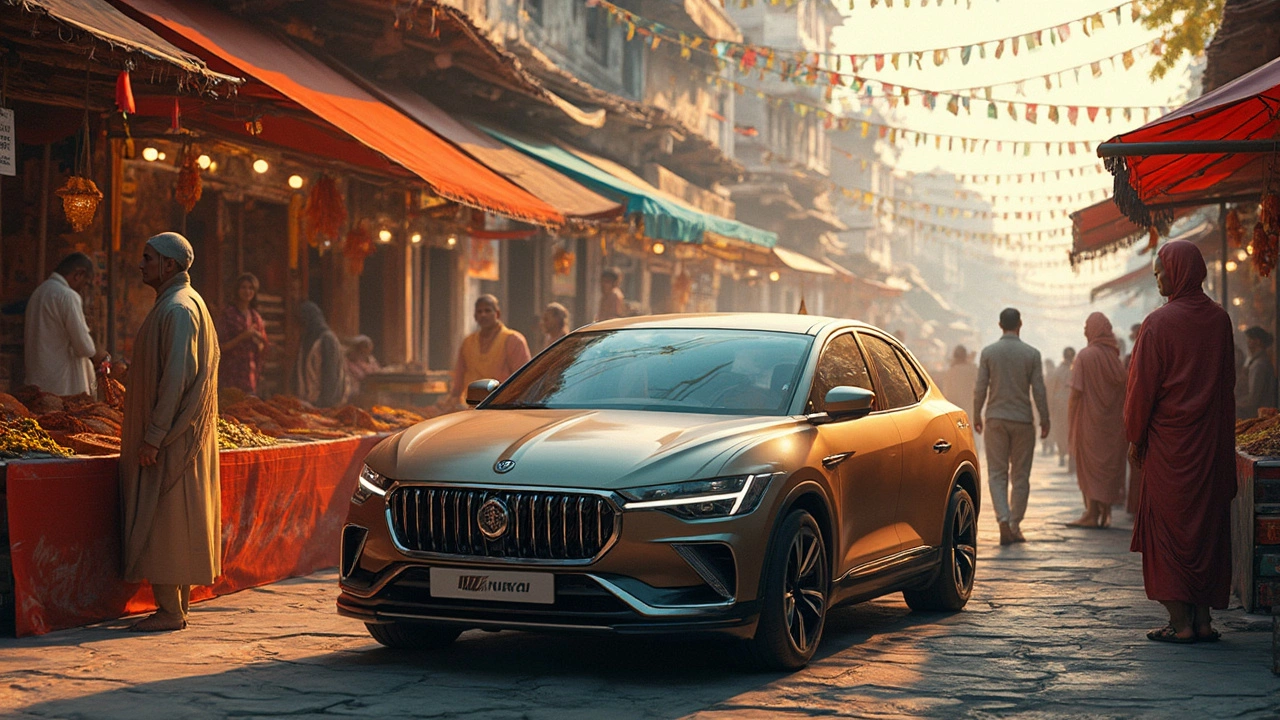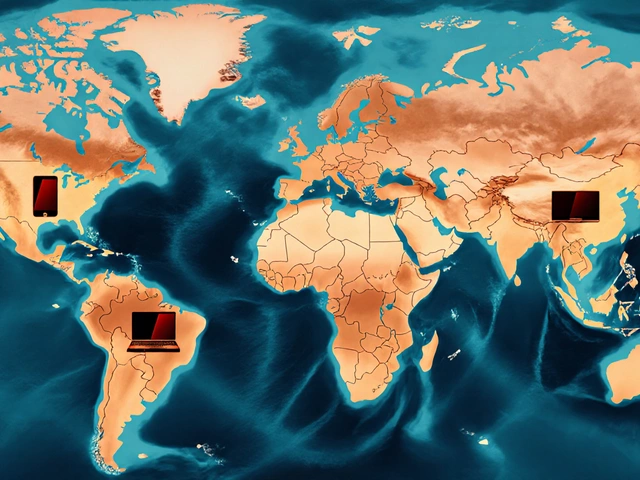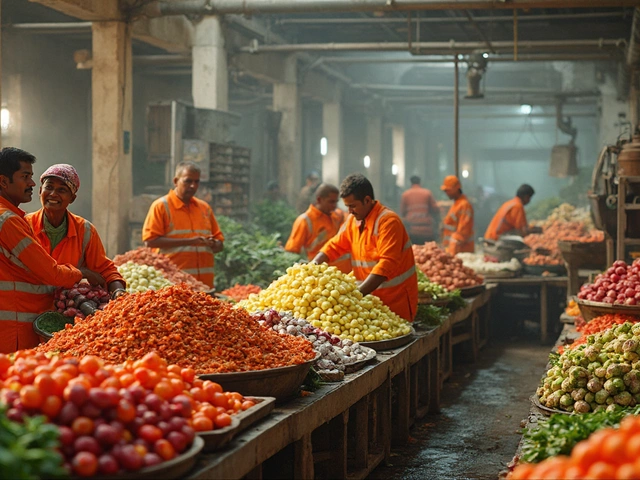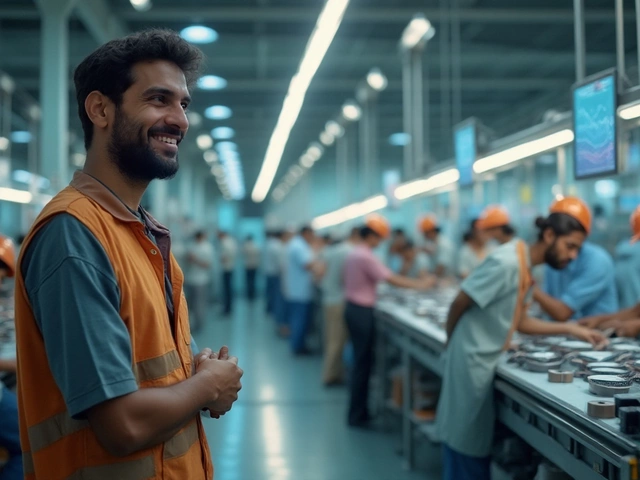Car Industry Challenges: What’s Really Driving the Turbulence
When dealing with Car Industry Challenges, the set of obstacles that manufacturers, suppliers, and dealers face in designing, producing, and selling vehicles. Also known as automotive sector hurdles, it covers everything from raw‑material shortages to shifting policy demands, you quickly see why every decision feels high‑stakes. Car industry challenges aren’t isolated; they intertwine with supply chain health, government rules, and the rapid rise of electric mobility. Imagine trying to launch a new model while a key semiconductor shipment is delayed, emissions norms tighten overnight, and customers start demanding zero‑emission rides. That mix creates a perfect storm that forces every player to rethink strategy, invest in new tech, and tighten cash flow.
Key Forces Shaping the Automotive Landscape
One of the biggest pressure points is Supply Chain Disruptions, interruptions in raw material, component, and logistics flow that can stall assembly lines for weeks. The pandemic showed how a single bottleneck—like a chip shortage—can ripple across the whole ecosystem, causing production cuts and higher prices. Companies now scramble to diversify vendors, invest in local sourcing, and adopt digital twins to predict future hiccups. Another heavyweight is Regulatory Pressure, government‑mandated standards on safety, emissions, and fuel economy that force rapid redesigns and compliance spending. In India, stricter BS‑VI norms and upcoming zero‑emission mandates mean manufacturers must upgrade powertrains, upgrade testing labs, and retrain staff—all while staying profitable. Finally, the Electric Vehicle Transition, the shift from internal‑combustion engines to battery‑powered drivetrains that reshapes product portfolios and factory layouts is reshaping the whole value chain. Battery sourcing, thermal management, and new safety protocols add layers of complexity, but also open doors to fresh revenue streams and government incentives.
These three entities don’t operate in a vacuum; they feed into each other. Supply chain disruptions can delay EV component deliveries, which in turn stress regulatory compliance deadlines for emissions targets. At the same time, tighter regulation pushes firms to accelerate EV rollouts, increasing demand for raw materials like lithium and cobalt—materials already strained by geopolitical factors. Understanding these interdependencies helps decision‑makers spot where a small tweak, such as a more resilient logistics network, can unlock big gains across cost, speed, and compliance. It also highlights why many manufacturers now lean on data analytics, scenario planning, and cross‑functional teams to keep the whole system humming.
Below you’ll find a curated set of articles that dive deeper into each of these areas. From how IKEA’s supply chain works in India to the latest rankings of India’s top automobile manufacturers, the collection offers practical examples, data‑backed insights, and real‑world strategies you can apply right away. Whether you’re a plant manager, a policy analyst, or simply curious about why your favorite car brand is shifting gears, the posts ahead will give you the context and tools to navigate today’s complex automotive terrain.

Ever wondered why Indian cars aren't cruising the highways in the US? The answer lies in a mix of regulatory, cultural, and economic factors. Indian automobile manufacturers face hurdles ranging from strict emission norms in the US to brand perception challenges. Despite India's growing automobile prowess, penetrating the US market requires addressing these complex issues. Let's explore the reasons and what could change in the future. (Read More)








